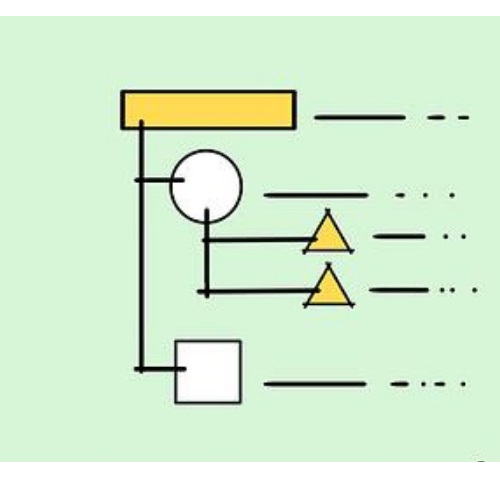
Writing and publishing a book is an exhilarating, educational adventure. It will transform your life no matter the topic of your book or why you wrote it. But when you’re just starting out, the endeavor can appear intimidating. Do you need a book outline?
A Book Outline Would Be Nice
The challenge is, writing isn’t a linear process. You don’t always do first this and then that and then the next thing. You follow a zigzag path to publication. Chapter 1 isn’t always the first chapter you write. Ideas can be developed in many possible orders.
It’s true, the sooner you can crank out a book outline, and then a table of contents, the faster you’ll be able to write your book. For your high school term paper, what was your first assignment? “Tomorrow bring me your five-part outline.” Fifty years later, I can say that coming up with a table of contents is still a good idea.
Common Outline Options
And, in fact, to make your job easier, we do have several common outline options that find their way into most books, either individually or in combination, including
• Chronological: In writing your autobiography or telling a story, you can do what Elton John did in Rocket Man, his life story movie, and go back and forth between time periods and levels of consciousness. But most life stories and novels are chronological: First this happened, then this, and then this. Transition terms may include “later,” “the next day,” and “in the meantime.”
• Instructional: This option usually follows one of two forms: how to do something yourself and how something was done. The first is written in second person polite command: First do this, then this, then this. A cake recipe or instructions on how to change a tire fall into this structure. The second tells a story in a way that is enlightening but probably doesn’t enable you to duplicate it, such as, how the United States landed a man on the moon. This second form is similar to chronological. Transition terms are the same but they more likely will include “Finally.”
• Categorical: Every election season, candidates come out with books that spell out their campaign platforms. The rough outline is issue by issue: the current situation, how it got to be that way, the candidate’s plan to fix it or make it better. Or, how can your readers develop self-esteem despite coming from abusive or broken homes? Discuss one category of suggestions at a time. Then offer a broad conclusion.
• Cause-Effect: A happened; as a result, B happened. The world far exceeded its wise use of fossil fuel; as a result, global warming is ravaging all parts of the world. You were teased as a child; as a result, you learned to use humor to fit in. This option ends with a series of suggestions to change negative behavior or make the best of positive behavior. Often it includes a call to action as well. I noted above how the options are often used in combination. Rocket Man fits this scenario. Why did the movie focus so heavily on his abusive parents? To explain in part how he became addicted to drugs.
• Evaluative: Should we get off fossil fuel entirely in favor of alternative fuels? The answer has passionate supporters on both sides and more in the middle supporting a combination of the two. What are your view’s pros and cons? Using the evaluative structure, explain the significance of the overall issue and then weigh the pros and cons. Spell out your overall conclusion at the end.
• Comparison-Contrast: “When I was a kid back in the sixties….” Get ready for a comparison-contrast story about how life was better and also worse back when than it is now. In writing your book, take one category at a time: the music, the politics, the lifestyle, the clothing. Then describe it during both the sixties and now. You can draw individual conclusions after each topic and then one broad conclusion at the end.
But Don’t Obsess over Your Book Outline
If you can identify your book with one or more of these options, you already have an emerging vision of your final outline.
But don’t get hung up on an outline or table of contents if you don’t have it yet; writers have written complete books without them. Focus instead on writing and the outline will emerge, and then the table of contents, whether you’re writing fiction, nonfiction, self-help, academic, or any other kind of book. If the outline doesn’t emerge right away, if it isn’t obvious to you at first, don’t go comatose.
Start freewriting. I’ll talk more about freewriting in my next entry.
* * *
This piece was adapted from Ken Wachsberger’s You’ve Got the Time: How to Write and Publish That Book in You. The complete book is available and ready to guide you here. For book coaching and editing help, email Ken at [email protected].






